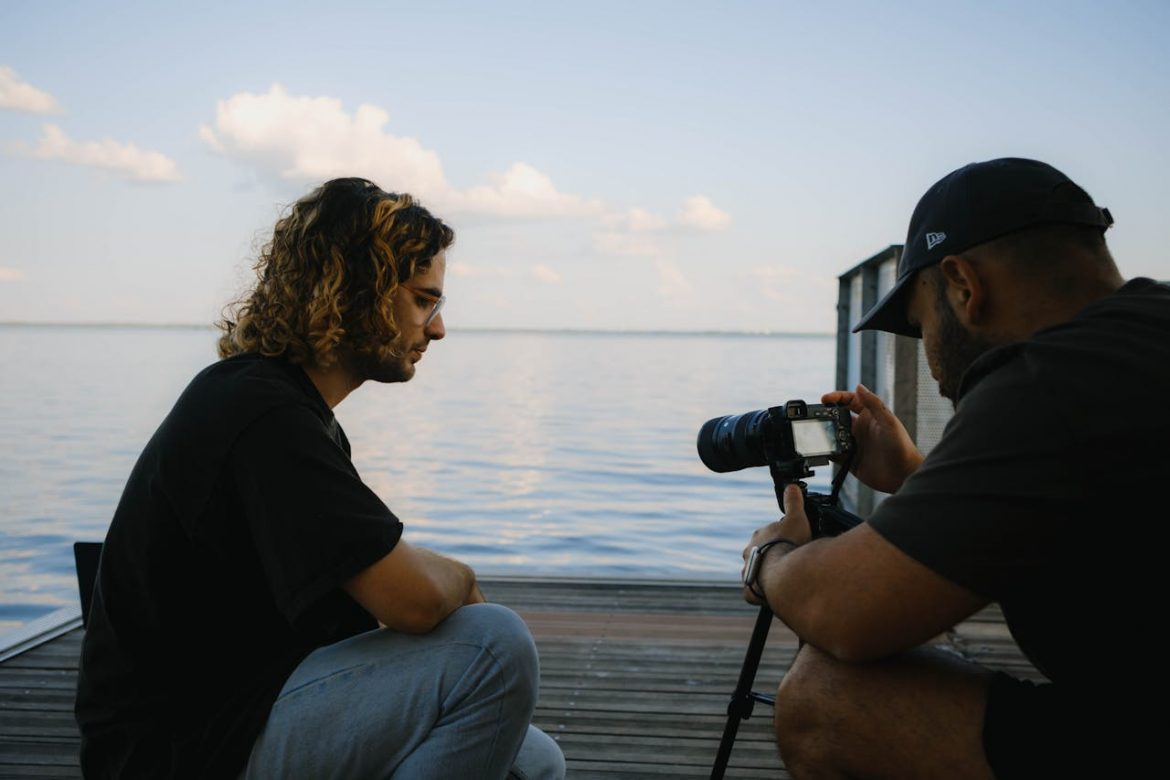Photography is a beautiful art form that allows us to capture moments in time, tell stories, and express our creative visions. Whether you’re a beginner with a simple camera or a professional wielding a high-end Canon or Nikon, understanding the basics of exposure, composition, and lighting is crucial. Let’s dive into these core concepts.
Exposure: The Heart of Photography
Exposure is the foundation of any photograph. It refers to how much light reaches your camera’s sensor, determining how bright or dark your images appear. Three main components control exposure: Aperture, Shutter Speed, and ISO.
- Aperture: Think of it as the eye of your camera. A wider aperture (lower f-number) lets in more light, making your image brighter. It also creates a shallow depth of field, blurring the background and making your subject stand out. A Sony camera with a versatile lens can be a great tool to experiment with different aperture settings.
- Shutter Speed: This controls how long the camera’s shutter stays open. A faster shutter speed lets in less light but is perfect for freezing fast action. A slower shutter speed, on the other hand, can create a motion blur effect, adding a sense of movement to your photos.
- ISO: This adjusts your camera’s sensitivity to light. A higher ISO is useful in low-light conditions but can introduce grain or “noise” into your images. Modern Panasonic cameras are known for their excellent performance at high ISO levels.
Composition: Crafting Your Visual Story
Composition is all about how you arrange elements within your frame. It’s the creative decision-making process that guides the viewer’s eye through the image.
- Rule of Thirds: Imagine dividing your frame into a 3×3 grid. Placing your subject along these lines or at their intersections makes your photo more balanced and engaging.
- Leading Lines: Use natural lines in your scene, like roads or rivers, to lead the eye towards your main subject. This technique can add depth and perspective to your images.
- Framing: Use elements within your scene to frame your subject, adding depth and focusing attention where you want it.
Lighting: The Mood Setter
Lighting can dramatically change the mood and impact of your photographs. Natural light, coming from the sun, provides a soft and warm quality during the “golden hour,” just after sunrise or before sunset. Harsh midday light can create strong shadows and contrast.
Artificial lighting, from sources like Philips LED lights, offers control over the intensity and direction of light. Experimenting with different lighting setups can help you achieve the desired effect, whether it’s a dramatic portrait or a softly lit landscape.
Conclusion
Photography is an art of observation and expression. By mastering the basics of exposure, composition, and lighting, you’ll be well on your way to capturing stunning images that tell your unique story. Remember, the best camera is the one you have with you, so grab your Fujifilm or smartphone and start exploring the world through your lens. Practice, patience, and creativity are your best tools on this journey. Happy shooting!


